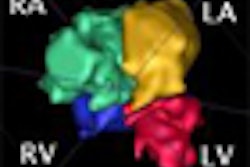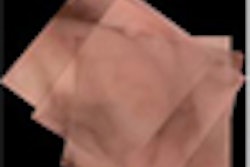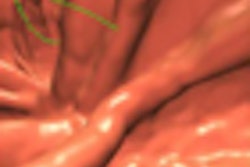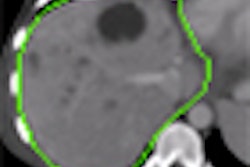Thursday, December 3 | 10:50 a.m.-11:00 a.m. | SSQ01-03 | Arie Crown Theater
Computer-aided detection (CAD) software can be used on dynamic breast MRI studies to assess both structural and functional information during therapy monitoring, according to a German research team.The study group sought to utilize breast MRI CAD technology to combine the analysis of structural markers (such as tumor size) and functional information, including contrast kinetic and pharmacokinetic markers such as extracellular volume and permeability, said Dr. Lale Umutlu of Essen University Hospital in Germany.
Seventy-five patients with histopathologically proven breast cancer received gadolinium-enhanced MRI on a 1.5-tesla scanner before and three months after beginning chemotherapy. A CAD system (iCAD, Nashua, NH) was then applied to quantitatively analyze the contrast kinetics of all malignant lesions on a pixel-by-pixel basis, according to the study team.
The researchers were able to ascertain a significant decrease in tumor sizes with the CAD software for those responding to therapy. They also found significant changes in contrast kinetic and pharmacokinetic markers in the majority of patients, thus revealing a change from malignant kinetic patterns to progressive fibrotization, Umutlu said.
"The study supports that CAD analysis of breast MRI provides an easily accessible and valuable diagnostic benefit for therapy monitoring of breast cancer under primary systemic therapy," Umutlu said.




















